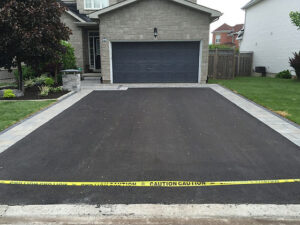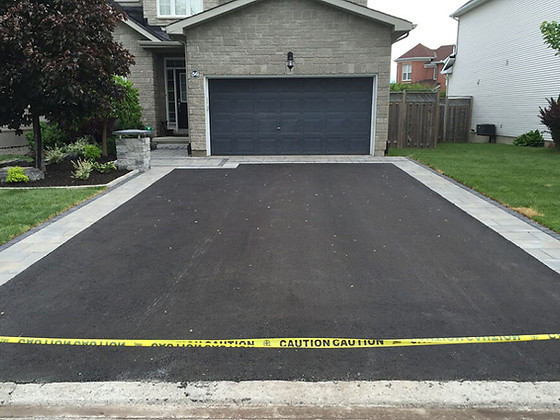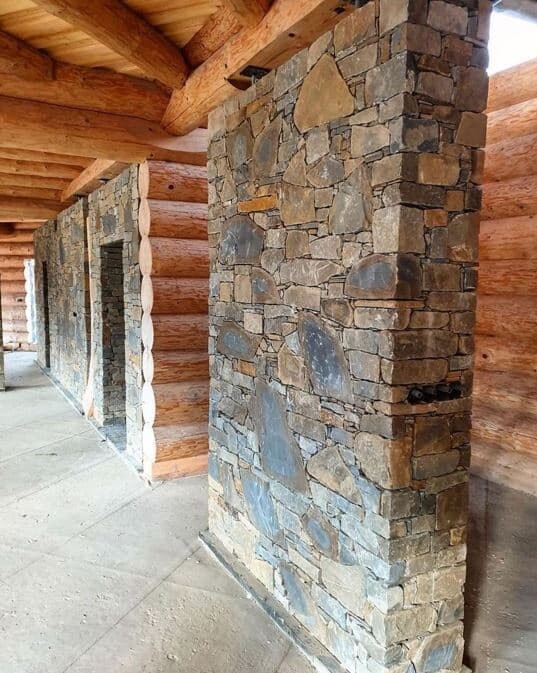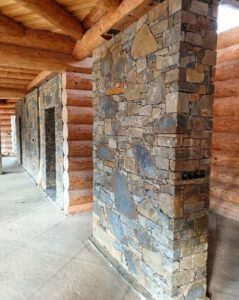A driveway isn’t just a way to get from the street to your garage; it is an important part of your home’s curb appeal. A paved driveway adds value and can complement any architectural style.
SC Driveway Paving Charleston materials include asphalt, concrete, pavers, and gravel. Consult a professional to decide which material best fits your budget and climate.
The cost of driveway paving varies depending on the material used. While asphalt and concrete are the most common, homeowners can choose from a variety of options, including gravel, pavers, and stamped concrete. Homeowners who want a more stylish look may opt for a paver or brick surface, while those interested in environmental sustainability can choose a permeable paving solution. Whatever the choice, it is important to discuss it with a professional and budget appropriately for the project.
Concrete is a durable surface that can withstand heavy loads, but it is one of the most expensive of all the paving materials. It requires professional installation, and the base and finish will add to the overall cost. However, it will last a long time and is very economical over the long term. It can also be very attractive, and it can complement a variety of architectural styles.
Asphalt is a popular option for driveways because it is relatively inexpensive and easy to install. It is also a green paving choice because it is 100% recyclable. During the paving process, bits and pieces of the old asphalt are ground down and mixed back into the new mix. The recycled asphalt is called millings, and it helps reduce landfill waste. In addition, this material is more resilient to rutting and has better water resistance than virgin asphalt.
Pavers are a highly aesthetic choice that offers unlimited design options, but they can be more expensive than other paving materials. They are made of natural stone, molded clay, and concrete blocks in various sizes and shapes. They are set in a mortar-like mixture of concrete and sand that allows water to drain from the surface.
Stamped concrete combines the durability of concrete with the decorative appeal of pavers and tile. It can be stamped with patterns that mimic tile, brick, or stone, and it costs less than a paver or brick driveway. However, it is more difficult to repair than other types of paving materials.
Gravel is an aesthetically pleasing and inexpensive option, but it can erode easily. It is best suited for a flat or gently sloped surface and should be edged with metal or wood to prevent it from spreading into the lawn or planting beds. Loose stone is also available and can be used to create a more natural appearance.
Material
There are many different paving materials available for driveways, each with its own advantages and disadvantages. Some are better suited for specific climates or architectural styles than others. It’s also important to keep the amount of traffic and usage in mind when choosing a material. The best driveway paving materials will offer long-lasting durability, beauty, and functionality. Some of the most popular are poured concrete, asphalt, pavers, and gravel.
Poured Concrete
Concrete is the most cost-effective option for a new or replacement driveway. It is durable, long-lasting, and available in a wide variety of colors and finishes. It requires little maintenance and can withstand heavy traffic. Concrete can also be shaped to create unique patterns and textures for your driveway. However, this material is not ideal for areas prone to frost heaving or flooding and may need periodic resurfacing.
Asphalt
Asphalt (or tarmac) is a black, oily, puddle-like material that is made of aggregate and liquid asphalt cement. It is typically installed in two layers: a binder course and a top course. The binder course is the heavier layer that contains bigger aggregate pieces (quarters, nickels, and dimes). It is laid over a prepared subgrade and compacted. The top course is the drivable surface that has been rolled and compressed with a roller.
Pavers
A paved, decorative driveway is an attractive addition to any home. It adds value and curb appeal to the property and can complement any style of architecture. Its high-end look comes with a hefty price tag, though. It’s important to consider ongoing maintenance costs and the initial investment when considering this option.
If you opt for a paver driveway, you will need to lay a layer of 4 inches of clean sand. This layer will hold your pavers in place. Ensure the sand is level and compacted using a board or hand tamper. It’s also essential to install edge restraints and cut the pavers to fit the dimensions of your driveway design. Once the sand is in place, you can begin laying your pavers. Start with the largest pavers in the center and work outward to the edges of your design.
Installation
If you are planning to install a new driveway or resurface an existing one, you have many options available. However, it is important to understand the process before you choose a contractor. This will help you make an informed decision and get the best value for your money.
First, you will need to clear the area. This step is essential because any type of vegetation will interfere with laying down a good foundation for your pavers. Moreover, you should check whether there are any underground utilities in the area. If there are, you must inform the utility companies and obtain the necessary permission to dig.
Then, the pavers will be laid on top of this foundation layer. This process is called the base course or sub-base. It is a crucial element of any pavement project because it ensures that the paving materials will hold up under the loads of vehicles. It also helps prevent the surface from shifting over time. The base course is made of crushed aggregate stone, and it may be covered with geotextile fabric to protect the soil.
Next, a layer of binder asphalt is placed over the base course. Dependable Paving uses a 3-inch lift of the material, which is compacted with a double-drum vibratory roller to achieve a smooth surface.
The final layer of your new or overlaid paver driveway is the finish course. This is usually a sand set, although some contractors use bituminous binders instead of sand. This is more expensive, but it will last longer than sand.
In addition to laying the finish course, you should also fill in any gaps between the pavers with joint sand. This will prevent water from seeping into the joints and causing damage to the paving materials. Moreover, it will enhance the stability of your finished product.
For environmentally conscious consumers, permeable pavers are a great option. These pavers look like traditional asphalt paving, but they allow water to flow into the ground and not back into sewer systems. In addition, they reduce the amount of waste that is deposited in sewers from car fluids.
Maintenance
Whether you’ve had a new driveway for several years or yours is freshly installed, ensuring its longevity is important to the overall value of your property. It is important to follow maintenance procedures that keep the surface in good condition, including refilling cracks and applying a sealant every couple of years. These tasks are typically easy to do yourself, although it is recommended that you hire a professional to ensure quality results.
Driveway pavers can be easier to maintain than other materials, such as concrete. However, like asphalt, they should be sealed regularly to prevent deterioration. In addition, regular cleaning is required to remove oil, gas, and chemical spills that can discolor the surface and cause damage over time. A professional paving company can offer a wide range of services, from routine cleaning to repairing damage and installing new paving materials.
The first fourteen days after the installation of an asphalt driveway are critical for maintaining its integrity. It is best if no one drives on it for this period of time, and you or your family members should only park there during the coolest times of day. This is because the material needs to settle and cure properly, which requires proper ventilation.
Both asphalt and concrete driveways should be resealed every couple of years. This is to prevent water from penetrating the surface and causing cracks and potholes. It also keeps the surface protected from UV rays and traffic wear and tear. This can help prolong the life of your driveway and prevent expensive repairs in the future.
Another essential maintenance step for asphalt driveways is to trim trees and shrubs regularly. Overgrown bushes and shrubs can push up the surface of your driveway, which can cause it to crack and shift over time. This can be costly to repair, so it’s a good idea to do it as often as possible.
For homeowners who prefer a more natural look for their driveway, pervious concrete may be a better choice. This type of eco-friendly paving is designed to allow water to flow through its surface, which helps reduce runoff and soil erosion. This is particularly helpful in environmentally sensitive areas, but it can also improve the curb appeal of your home.



